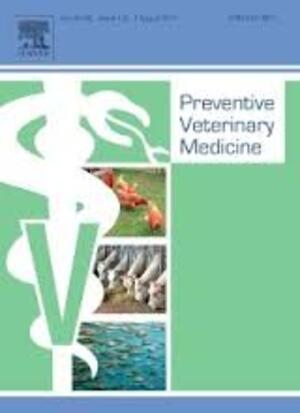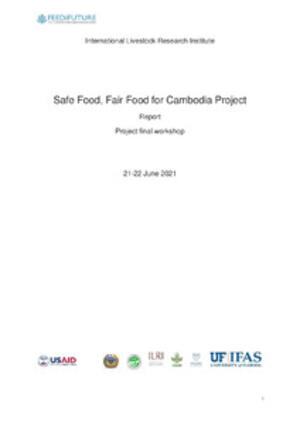
Rift Valley fever in Kenyan pastoral livestock: Individual-based demographic model to analyse the impact of Rift Valley fever
Abstract
Background
Rift Valley Fever (RVF) is a viral zoonosis and a mosquito-borne disease caused by a phlebovirus in the family
Bunyaviridae. It affects livestock, humans and wildlife. Epidemic outbreaks of RVF in East Africa, which occur after
heavy rainfalls in cycles of 5-15 years, have caused next to human morbidity and mortality considerable economic
losses throughout the livestock production and market chain.
Objective
Establishment a pastoral livestock demographic model to simulate 10 year alternating normal and drought periods and
RVF epidemics.
Methods
We developed an individual-based C++ language with Borland C++ builder 6 model, to simulate livestock dynamics
in North Eastern-Province during normal and drought periods, tracked over days and years. During RVF epidemics and
with different control measures, animals were stratified into susceptible, exposed, infectious and recovered. The following
scenarios were modeled (i) the demographic dynamics of cattle, camels, sheep and goats; (ii) an RVF outbreak in livestock
and (iii) impacts of control measures (combinations of vaccination, sanitary measures, surveillance and vector control).
Results/Conclusions
Sheep and goat populations increase fastest (9-23%) annually during normal years while cattle and sheep populations
show fastest decline during drought. In infected areas, mainly sheep (59%) are infected followed by goats (44%),
cattle (31%), and camels (5%). Sheep and goats are most likely to spread the RVF through livestock trade. Slaughtered
infected sheep are an important risk factor to human RVF infection. After the 2006/2007 outbreak, 2%, 40%, 30%
and less than 1% of cattle, sheep, goats and camels acquired immunity. After seven years, only 4%, of sheep and goats
remain immune. Our results will assist in the assessment of cost-benefit and cost-effectiveness of interventions which
should improve future intersectoral livestock – public health contingency planning.
Citation
Fuhrimann, S., Kimani, T., Hansen, F., Bett, B., Zinsstag, J. and Schelling, E. 2015. Rift Valley fever in Kenyan pastoral livestock: Individual-based demographic model to analyse the impact of Rift Valley fever. Presentation at the Regional Conference on Zoonoses in Eastern Africa, Naivasha, Kenya, 9-12 March 2015. Basel, Switzerland: Swiss Tropical and Public Health Institute.










